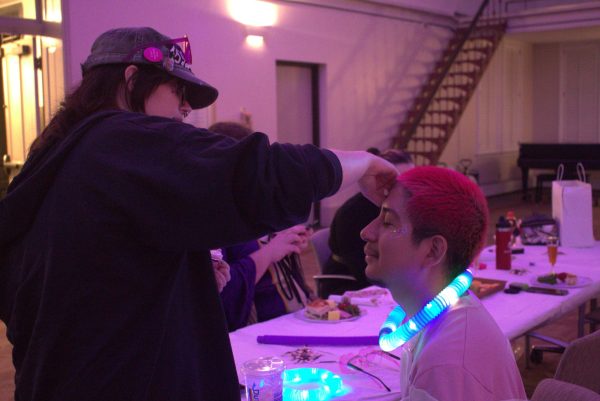SXSW Interactive Review: “Emoji & Texting: Is Human Language Extinct?”
SXSW Interactive welcomed JumpTank’s Sam Huston and Vocabulary.com’s Ben Zimmer to present their expertise on the topic of “Emoji & Texting: Is Human Language Extinct?”
The short answer to their question: no.
The panelists took the audience through a history of visual language, starting with the Sumerians 5,000 years ago that carved pictographs into clay. From there, symbolic text evolved over the centuries.
“Our alphabet actually started as a bunch of little pictures,” Zimmer said. As an example, he showed how the English letter A came from a picture of an ox’s head; B came from the image of a house.
As far back as 1881, people were using punctuation to convey emotions, what we now know as emoticons.
“They capture something that is lost when you switch to a text-only medium,” Zimmer said.
Enter the emoji. Created in 1998 by Shigetaka Kurita in Japan, the 176 emojis were inspired by manga comics. And when Apple installed a standard emoji keyboard into iOS 5, this Japanese trend met the American populace.
Now, emojis are used constantly in text messages and are appearing in other forms, such as “Emoji Dick,” the project that set out to tell the entire story of Herman Melville’s “Moby Dick” in emojis.
Despite this, Zimmer and Huston don’t believe that the written language will be replaced by emoji-type communication.
“This emoji translation can’t really stand on it’s own,” Zimmer said.
Because it cannot yet easily convey complex messages, the panelists believe emojis “enrich and supplement” language, as opposed to supplant it.
For them, emojis are more for fun.
“There’s beauty in emoji,” Huston said. “It draws on our natural creativity.”






